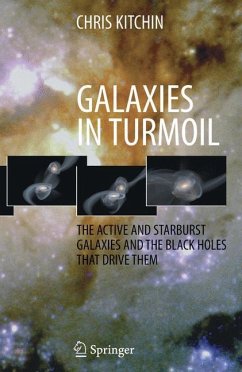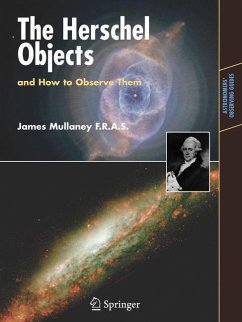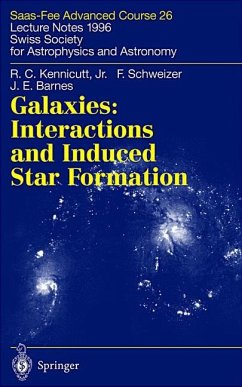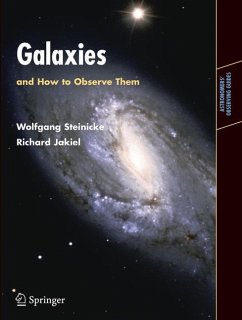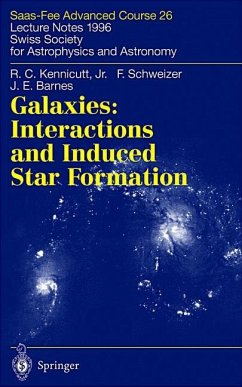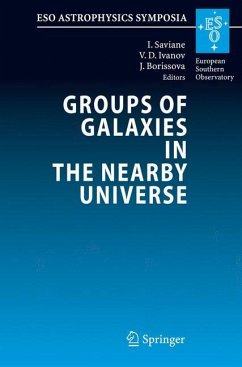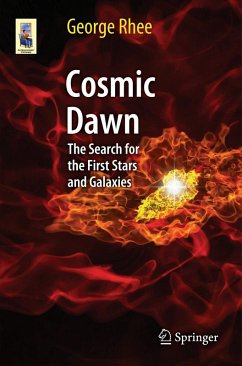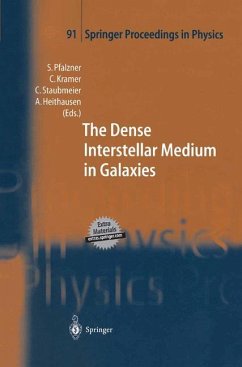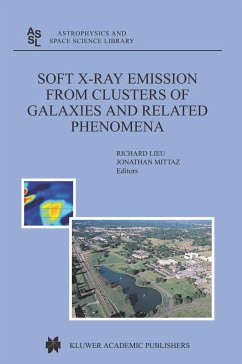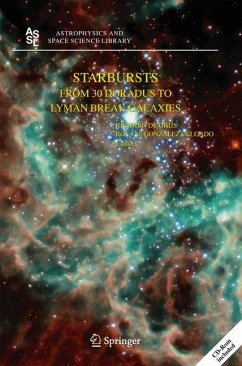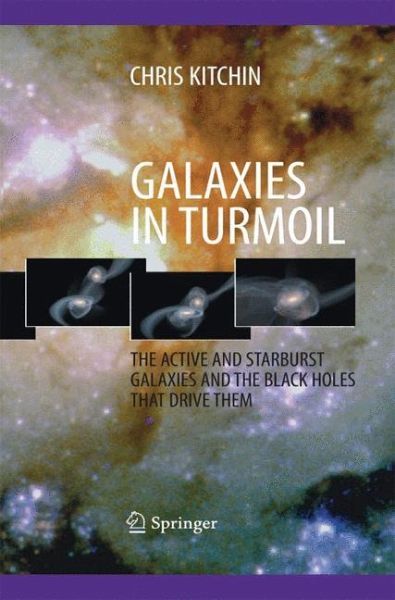
Galaxies in Turmoil
The Active and Starburst Galaxies and the Black Holes That Drive Them
Versandkostenfrei!
Versandfertig in 6-10 Tagen
22,99 €
inkl. MwSt.
Weitere Ausgaben:

PAYBACK Punkte
11 °P sammeln!
Astronomers' Universe Series is a new series, aimed at the same people as the Practical Astronomy Series - in general, active amateur astronomers. However, it is also appropriate to a wider audience of astronomically-informed readers. The aim of this book is to provide an up-to-date account of active galaxies that is appropriate to the background knowledge of amateur astronomers, but might also be picked-up and read for interest by any reader with a scientific bent. Active galaxies (including Quasars, QSOs, Radio galaxies, BL Lacs, Blazars, LINERS, ULIRGS, Seyfert galaxies, Starburst galaxies,...
Astronomers' Universe Series is a new series, aimed at the same people as the Practical Astronomy Series - in general, active amateur astronomers. However, it is also appropriate to a wider audience of astronomically-informed readers. The aim of this book is to provide an up-to-date account of active galaxies that is appropriate to the background knowledge of amateur astronomers, but might also be picked-up and read for interest by any reader with a scientific bent. Active galaxies (including Quasars, QSOs, Radio galaxies, BL Lacs, Blazars, LINERS, ULIRGS, Seyfert galaxies, Starburst galaxies, N galaxies, etc.) are a major field of current astronomical research. Up to a fifth of all research astronomers are working on active galaxies. Huge amounts of time on major telescopes are devoted to their study. In almost all cases the galaxies are thought to be powered by 100 million solar mass black holes at their centres. Some of the objects are bright enough to be seen in small telescopes, and an amateur astronomer with a 20 cm telescope and a CCD detector could obtain images of many more. Lists of such objects, and their visual and imaged appearance in commercially available telescopes are an important component of this book. This detailed but accessible work will be the only coherent and complete source of information for non-technical readers on an area of astronomy that fascinates many people and whose spectacular images from the Hubble space telescope, Gemini, VLT and other major telescopes frequently make the pages of the quality newspapers and occasionally appear on TV. It also has the potential to be chosen as a set text or background reading for university courses on the subject, although the writing style is such that it will appeal to all readers.





